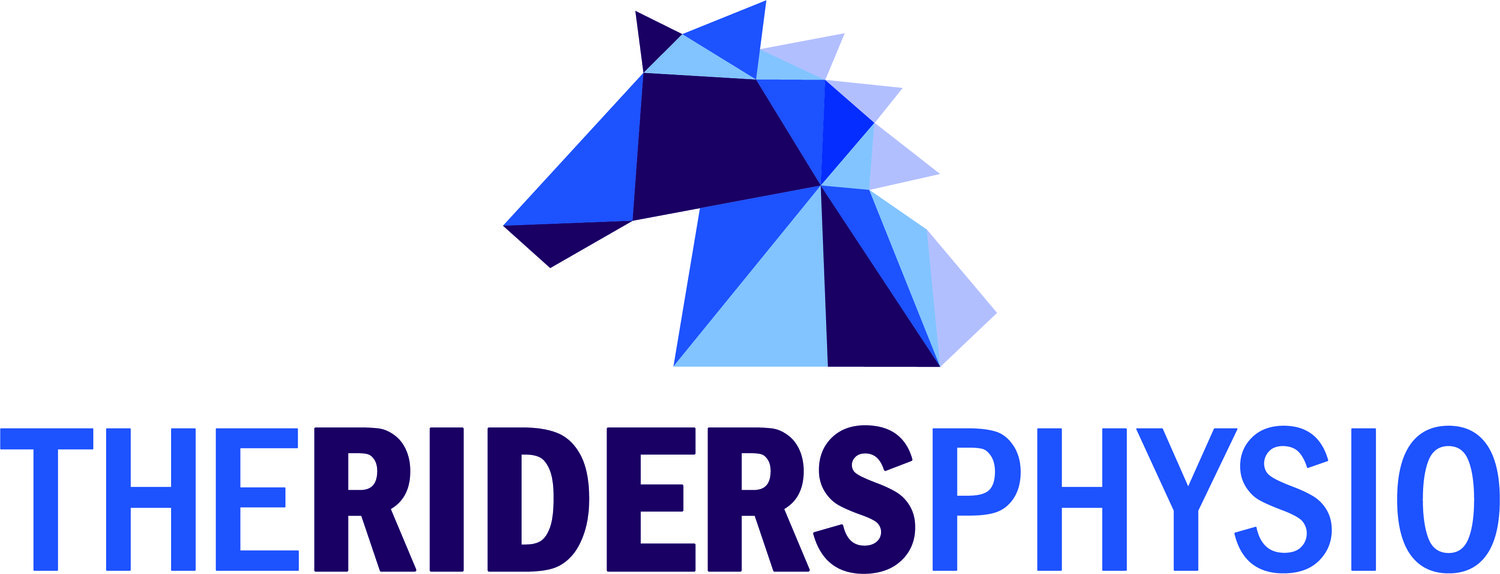The following approach to returning to exercise following COVID-19 has been recently developed by authors who work in elite sport, exercise medicine and sports cardiology across Australia.
Encouragingly, the authors reported that the majority of vaccinated elite athletes with uncomplicated recoveries achieved close to pre infection fitness values within 7-14 days, however, “advice to the recreationally active individual, where there is less pressure to return to maximal fitness levels quickly, is to do so in a more conservative fashion,” p. 545. “There is strong evidence that moderate physical activity (eg doing 7000 steps per day) is associated with reduced all-cause mortality. Therefore, we should encourage a quick return to moderate exercise with a more cautious return to higher intensity exercise,” p. 546.
The flow chart below is a great summary from page 545 which outlines a graduated return to exercise following COVID:
I hope you have found this blog interesting. Blogs do not replace individualised medical advice. If you have any health concerns, always consult your medical practitioner.
Reference: Hughes. D.C., Orchard, J. W., Partridge, E. M. et al (2022) Return to exercise post COVID-19 infection: A pragmatic approach in mid-2022, JSAMS, 25, 544-547.
https://www.ncbi.nlm.nih.gov/pmc/articles/PMC9170595/pdf/main.pdf Link to Open Access article
























